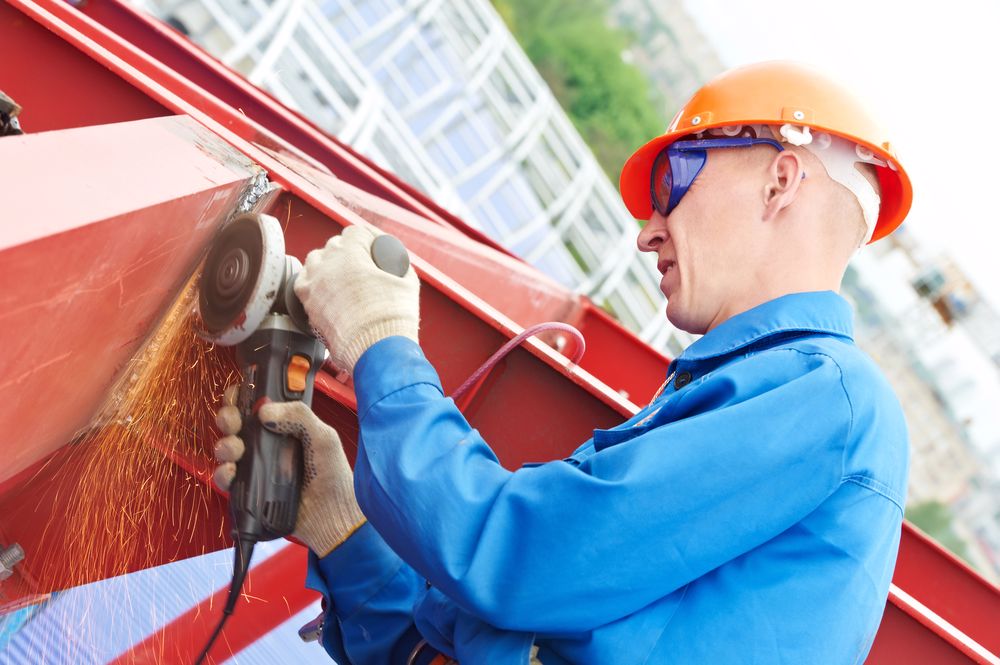Meeting the OSHA PPE Standard

 Keeping your employees safe on the job isn’t just a humane way to run a company — it’s the law. The Occupational Safety and Health Administration (OSHA) requires employers to provide a safe workplace environment, and this includes issuing personal protective equipment (PPE).
Keeping your employees safe on the job isn’t just a humane way to run a company — it’s the law. The Occupational Safety and Health Administration (OSHA) requires employers to provide a safe workplace environment, and this includes issuing personal protective equipment (PPE).
No matter how many environmental controls are in place, PPE has a role to play in protecting employees performing potentially risky work. You can’t overlook this part of workplace safety, no matter your industry.
OSHA PPE Standard: What’s Required?
The crux of OSHA PPE requirements lies in the division of responsibilities. It’s up to employers to provide adequate, appropriate PPE to deal with any safety hazard employees could reasonably encounter in the workplace. It can’t be left up to employees to choose or buy their own PPE.
OSHA calls on employers to complete the following tasks:
- Perform a hazard assessment, identifying each physical hazard and health risk present.
- Determine what PPE is needed and provide the gear.
- Train employees in using and caring for their PPE.
- Performing maintenance defending against worn or damaged PPE.
- Evaluating the PPE program to make sure it is functioning effectively and updating it if necessary.
For their part, workers have to use the PPE according to what they’ve learned, which means they also have to attend all relevant PPE training sessions. Employees should clean and perform day-to-day upkeep on PPE and reach out to a supervisor when more significant maintenance is necessary.
Ever since 2008, companies have had to pay for all necessary PPE for every affected employee. If workers want to bring their own PPE instead of using employer-provided gear, that is allowed. However, the company can’t force any employee to bring equipment from home, and must inspect the PPE to make sure it meets standards.
Types of gear included under these general industry PPE requirements include:
- Firefighting equipment and related protective clothing.
- Hearing protection.
- Welding gear.
- Goggles and protective shields.
- Steel-toed boots and other foot protection gear.
- Non-prescription eyewear (and prescription lenses for a full-face respirator).
- Hard hats and head protection.
OSHA considers this gear the last line of defense against any possible workplace hazard. To pass your next OSHA inspection, you should make sure your team has all the necessary equipment.
OSHA PPE Requirements by Industry and Hazard
In some cases, your company’s industry dictatea its PPE requirements. OSHA maintains specialized sets of rules for highly distinct workplaces such as those found in the construction industry and the maritime space.
It’s easy to see why these sectors qualified for their own specific OSHA requirements. Construction sites are temporary by their nature, which means environmental safety controls are more limited than they would be in a permanent structure, and PPE is more important than ever. In maritime settings, employees must cope with the constant threat of water alongside normal workplace hazards.
As for hazard types with their own dedicated OSHA topic pages, three areas qualify:
- Eye and face protection: PPE dealing with eye and face hazards is needed in a wide variety of industries and reflects the serious injuries that can occur when a worker’s face is exposed.
- Fall protection: Falls are a leading cause of deadly workplace accidents. Fall protection systems can include harnesses to help workers in settings where there are inadequate railings or other environmental controls.
- Respiratory protection: From poor air quality to harmful forms of dust, there are numerous respiratory threats demanding specialized OSHA regulations.
OSHA PPE Standard Training for All Roles
Giving employees the gear they need isn’t enough. As an employer, you also need to train each worker to use their PPE. The OSHA regulation around PPE training states these courses have to accomplish the following goals:
- Tell workers when PPE is necessary and what gear is required.
- Instruct trainees on how to put on, adjust and wear their gear.
- Caution learners about the limits of PPE and what it can’t do.
- Teach employees how to care for their gear, how long it will last and how to dispose of it.
When you’re searching for PPE training, you’ll find a variety of course options based on the hazard profile of your particular workplace. With online video-based training, you can instruct any number of employees with a single course purchase, even when your team is spread across multiple shifts or facilities.
With such a variety of training offerings dedicated to PPE use, it’s simple to get your team up to speed, meeting an OSHA standard and making the workplace that much more secure.